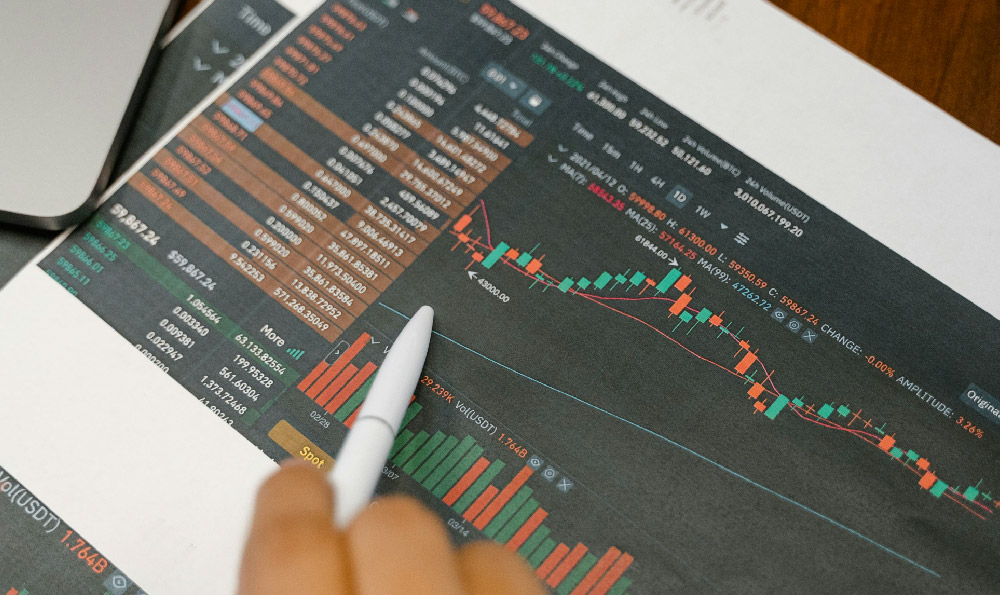Investing in the Fidelity 500 Index Fund, or FXAIX, as it's traded, is a common strategy for those seeking broad exposure to the U.S. stock market. It's a powerful tool, but understanding its purpose, mechanics, and appropriate application is crucial for maximizing its potential and mitigating risk. Let's delve into the "how" and the "why" of investing in this popular index fund.
The "why" behind choosing FXAIX boils down to several key advantages. Primarily, it offers diversification. By mirroring the S&P 500, the fund provides exposure to 500 of the largest publicly traded companies in the United States, spanning various sectors like technology, healthcare, finance, and consumer staples. This diversification helps to reduce idiosyncratic risk, meaning the risk associated with investing in individual companies. If one company within the index performs poorly, its impact on the overall portfolio is limited due to the fund's broad holdings.
Secondly, FXAIX boasts incredibly low expenses. Its expense ratio is exceptionally competitive, meaning a very small percentage of your investment is used to cover the fund's operating costs. This low expense ratio is a significant advantage, especially over the long term, as it allows more of your returns to compound and grow your wealth. Over time, even seemingly small differences in expense ratios can translate to substantial savings.

Thirdly, the S&P 500, and therefore FXAIX, historically has demonstrated strong long-term performance. While past performance is never a guarantee of future results, the S&P 500 has consistently delivered solid returns over decades, making it an attractive option for long-term investors. The index captures the growth and innovation of the U.S. economy, providing exposure to companies that are often at the forefront of technological advancements and global market trends.
Finally, FXAIX is a passively managed fund. This means the fund's managers aim to simply replicate the performance of the S&P 500 rather than actively trying to beat it. This passive management approach contributes to lower expenses and reduces the potential for human error or biased investment decisions. It's a straightforward, efficient way to invest in the market.
Now, let's consider the "how." Investing in FXAIX is generally a straightforward process. The most common way is through a brokerage account. Fidelity, naturally, offers FXAIX, and you can easily purchase shares through their platform. Many other brokerages also offer access to FXAIX or similar S&P 500 index funds.
Before investing, you need to determine the appropriate allocation for FXAIX within your overall portfolio. This depends on your individual circumstances, including your risk tolerance, investment time horizon, and financial goals. Younger investors with a longer time horizon may be comfortable allocating a larger portion of their portfolio to FXAIX, as they have more time to recover from potential market downturns. Older investors nearing retirement may prefer a more conservative approach, with a smaller allocation to equities and a greater emphasis on bonds and other lower-risk assets.
Dollar-cost averaging is a popular strategy for investing in FXAIX. This involves investing a fixed amount of money at regular intervals, regardless of the fund's share price. This can help to smooth out the impact of market volatility and potentially reduce the risk of buying high. When the share price is low, you'll purchase more shares, and when the share price is high, you'll purchase fewer shares. Over time, this can lead to a lower average cost per share.
Reinvesting dividends is another important consideration. FXAIX pays dividends periodically, and you have the option to reinvest these dividends back into the fund. Reinvesting dividends allows your investment to grow exponentially over time, as you're earning returns not only on your initial investment but also on the accumulated dividends.
However, it's crucial to understand the risks involved. Investing in the S&P 500, even through a diversified index fund like FXAIX, still carries market risk. The value of your investment can fluctuate based on market conditions, and you could potentially lose money. Economic downturns, geopolitical events, and other unforeseen circumstances can all impact the performance of the S&P 500.
Furthermore, while diversification helps to reduce idiosyncratic risk, it doesn't eliminate systematic risk, which is the risk associated with the overall market. During a market crash, even a diversified portfolio can experience significant losses.
Before investing in FXAIX, carefully consider your investment objectives, risk tolerance, and financial situation. It's always a good idea to consult with a financial advisor who can provide personalized guidance based on your individual needs. Don't invest more than you can afford to lose, and be prepared to hold your investment for the long term. The power of FXAIX lies in its ability to deliver long-term, consistent returns, and patience is key to realizing its full potential.
Finally, remember that while FXAIX provides broad exposure to the U.S. stock market, it's not a complete investment solution. Consider diversifying your portfolio further by including other asset classes, such as bonds, real estate, and international stocks. This can help to reduce your overall risk and potentially enhance your returns.












